Introduction: Embracing the Winter Chill for a Flourishing Spring
As the cold winds blow and snow blankets the ground, envisioning a vibrant spring garden might seem like a distant dream. However, winter is the perfect time to prepare for a show-stopping garden come spring. By taking a few strategic steps during the colder months, gardeners can set the stage for a lush and blooming landscape when the warmer days arrive. Winter preparation not only saves time in the spring but also improves plant health, leading to more robust growth. Let’s explore the essential steps to transform your winter wonderland into a bountiful spring garden.
Cleaning and Tidying the Garden
Clear Away Debris
Winter is an ideal period to clean up your garden by removing fallen leaves, dead plants, and other debris. This cleanup helps prevent pests and diseases from settling, which can hinder spring growth. Leaving debris can also lead to soggy soil, impeding the establishment of new plants.
Prune Trees and Shrubs
Pruning is crucial during the winter months. Bare branches make it easier to spot and trim overgrown areas without the interference of foliage. Trees such as apple, pear, and certain berry bushes benefit significantly from winter pruning, which encourages more prolific fruiting and flower displays in spring.
Inspect and Repair Garden Structures
While cleaning up, examine your fences, trellises, and garden beds for any signs of wear and tear. Winter is the perfect time to make repairs and apply a fresh coat of paint or sealant if needed. Ensuring that garden infrastructures are sturdy will provide strong support for climbing plants and prevent collapse under potentially heavy spring blooms.

Soil Preparation: The Foundation of a Healthy Garden
Test Soil pH Levels
Soil quality vastly impacts plant health and growth. Start by testing your soil’s pH levels to understand better what amendments it might require. Adjusting the pH can be crucial for nutrient absorption; for example, certain ornamental plants thrive in slightly acidic soils.
Amend the Soil
Based on your soil test results, amend your garden’s soil appropriately. Adding organic matter such as compost or well-rotted manure improves soil structure and enriches it with essential nutrients. For sandy soils, incorporate organic material to improve moisture retention, while clay soils may benefit from sand or gypsum for better drainage.
Mulch Application
While many people think of mulching as a spring activity, laying mulch in the winter can help insulate plant roots and maintain soil nutrition. A layer of mulch on flower beds and around trees helps minimize frost damage and reduce weed growth until spring planting.
Winter Planting: Setting the Stage for Spring Blooms
Choosing Hardy Plants
Certain plants prefer cooler climates and can be planted in late winter, ensuring early blooms. Consider planting perennials like hellebores or bulbs like tulips and daffodils. Winter is also an opportune time to plant evergreen shrubs, which will continue to provide structure and greenery throughout the cold months.
Consider Frost Protection
If your area experiences harsh freezes, it's essential to protect your winter plants. Employing frost blankets or cloches can shield your blooms from unexpected cold snaps. Additionally, position potted plants close to the house to benefit from extra warmth.
Utilize Plantology’s Offerings
At Plantology, we offer a range of winter-hardy plants and evergreens that can enhance your garden’s winter interest. Explore options like the Agapanthus Lily of the Nile Blue or the Aglaonema Silver Bay, ideal for adding color and texture to your seasonal garden. Browse our store for more inspiration:
Planning and Designing Your Spring Garden
Sketch Your Garden Layout
Winter provides ample time to plan your garden design. Consider elements such as sun exposure, wind paths, and existing plant positions to guide your layout. Create sketches and diagrams of how you envision your garden’s layout, making sure to account for plant growth and mature sizes.
Research and Select Spring Plants
Take this opportunity to research the best plants to achieve your desired aesthetic and functionality for spring. Whether you’re looking for vibrant color, fragrance, or ecological benefits like attracting pollinators, winter is the perfect moment to compile a list of must-have spring plants.
Consider Plantology’s Curated Selections
Allow Plantology to assist in your garden planning with our hand-selected variety of future plantings, from trees to ground covers. Check out our wide arrays such as the majestic Alexander Palm for tropical allure or our diverse Agave offerings for a contemporary, drought-resistant touch.

Tool Maintenance and Preparation
Sharpen and Repair Tools
Garden tools are an extension of the gardener. Winter is an excellent time to oil handles, sharpen blades, and ensure that everything is in working order. Properly maintained tools make gardening more efficient and can extend their lifespan, saving you money down the line.
Organize Your Garden Shed
Organizing your tools and garden supplies at this time can help ease stress when the busy planting season arrives. Take inventory of your supplies, disposing of expired fertilizers and pesticides responsibly, and create a restocking list for spring necessities.
Protecting Existing Plants During Winter
Insulate Plants with Mulch
Mulching is as essential for dormant plants as it is for soil health. A protective layer of mulch shields roots from freezing and thawing cycles that can cause stress and damage. Consider mulches such as straw, wood chips, or shredded leaves for insulating perennials and shrubs.
Water Wisely and Sparingly
In most regions, plants require less water during the winter months. However, occasional watering may be necessary if conditions are particularly dry. Be cautious with how much you water, as frozen soil doesn’t absorb water well, potentially damaging roots.
Weather Protection Strategies
Frost-sensitive plants may require additional protection from harsh weather conditions. Utilize row covers or place burlap sacks over susceptible vegetation during the coldest nights. For potted plants, try wrapping them in insulating materials to help reduce root freezing.
Composting: Creating Gold from Green Waste
Start a Winter Compost Pile
Winter is an excellent time to maintain a compost pile. Even though decomposition slows down, continuing to add kitchen scraps and plant waste will result in rich compost by spring. Balance carbon and nitrogen inputs to prevent rotting and maintain a healthy pile.
Compost Troubleshooting
Winter poses unique challenges for composters, particularly if temperatures plummet. Avoid water logging by covering your compost with a tarp and ensure adequate aeration by occasionally turning the pile. These steps will help maintain biological activity even in cold weather.
Enhance Your Soil Using Compost
Incorporating compost into your garden soil at the end of winter provides much-needed nutrients and enhances soil structure. This application can lead to improved growth and stronger plants as the new season takes hold.

Conclusion: Setting a Bountiful Stage for Spring
With winter's chill upon us, now is not the time to put away your gardening gloves. By focusing on garden cleanliness, soil health, plant protection, and strategic planning, you can prime your outdoor space for a flourishing spring harvest. By leveraging these winter tasks, you’re not only ahead of the game but ensuring healthier, more vigorous plants in just a few months.
Explore Plantology’s extensive selection of winter and spring suitable plants to get a head start on your garden transformation today. Visit our website and equip your garden with nature’s finest:
The groundwork laid during winter is pivotal for any gardener aiming to achieve a bounty of vibrant blooms and healthy crops. Utilize this downtime strategically, and you’ll undoubtedly reap the rewards come springtime.
Integrating Ecology and Biodiversity into Your Garden
Understanding Garden Ecology
The concept of garden ecology revolves around creating a harmonious ecosystem within your garden, where all elements—plants, soil, water, insects, and animals—work in synergy. By understanding and integrating ecological principles, you can promote biodiversity and create a self-sustaining environment. Not only does this support local wildlife, but it also leads to a healthier garden with reduced pest and disease pressures.
Building Biodiverse Habitats
Start by incorporating a variety of native plants that can provide food and habitat for local wildlife. Native species are often more resilient to local pests and diseases, reducing the need for chemical interventions. Consider planting a mix of trees, shrubs, flowers, and groundcovers that bloom at different times of the year to support pollinators and beneficial insects year-round. Create microhabitats such as rock piles, log stacks, and small water features to encourage diversity in your garden.
Examples of Biodiverse Gardens
One inspiring example is the conversion of a traditional lawn into a wildflower meadow. This shift not only drastically reduces water usage and maintenance but also supports a wide range of pollinators and wildlife. Similarly, transforming unused garden corners into a vegetable patch with companion planting techniques can enhance plant health and yield while supporting beneficial insects.

Implementing Organic and Sustainable Practices
The Benefits of Organic Gardening
Embracing organic gardening practices is beneficial for both the environment and personal health. Organic methods focus on nurturing the soil through natural amendments and composting, avoiding synthetic fertilizers and pesticides. This leads to healthier soil microbiomes, which in turn support robust plant growth.
Practicing Crop Rotation and Companion Planting
Diversifying your planting strategy through crop rotation can prevent soil depletion and reduce the buildup of pests and diseases that commonly affect specific plant families. Similarly, companion planting—where beneficial plant groupings are grown together—can naturally provide pest control and enhance plant growth. For example, planting marigolds alongside tomatoes can deter nematodes, while basil can improve the flavor and growth of tomatoes.
Water Conservation Techniques
Implement water-wise gardening techniques such as drip irrigation systems, rainwater harvesting, and mulching to maintain soil moisture. Group plants with similar water needs together to optimize water usage and consider implementing xeriscaping principles with drought-tolerant plants for sustainable gardening.
Engaging with the Gardening Community
Joining Local Gardening Groups
Participating in local gardening clubs or online communities can enhance your gardening knowledge and provide valuable support. These groups often organize workshops, plant swaps, and garden tours, offering opportunities to learn and share experiences with fellow enthusiasts. Engaging with a community can introduce you to new plant varieties and techniques, further enriching your garden’s diversity.
Contributing to Community Gardens
Community gardens are a fantastic way to practice gardening in a shared space, fostering collaboration and sustainability. These gardens often reflect the diversity of plants and cultures, providing a learning ground for gardeners of all skill levels. Contributing to a community garden allows you to give back to the community while gaining access to new gardening techniques and peers.

Educating Future Generations
Involving children in gardening activities can cultivate an appreciation for nature and promote environmental stewardship from a young age. Create educational points within your garden, such as labeling plants or establishing a small compost project for them to oversee. Engaging children with hands-on activities not only enhances their knowledge but also fosters a lasting connection with the natural world.
Harnessing Technology for Garden Management
Smart Garden Tools
Leverage technology to enhance your gardening efficiency. From automated irrigation systems to smart sensor tools that monitor soil moisture and pH levels, technology can simplify care routines and optimize plant health. Smart devices can notify you when plants need watering or if soil conditions aren't ideal, ensuring timely interventions.
Gardening Apps and Online Resources
The digital age offers a plethora of resources to assist gardeners of all levels. Gardening apps provide detailed plant care guides, pest identification, and design inspiration right at your fingertips. Online forums and social media platforms also serve as valuable spaces for exchanging tips and solutions with a global community of garden enthusiasts.
Virtual Garden Tours and Webinars
Explore virtual garden tours and attend webinars to expand your gardening knowledge without leaving home. Many botanical gardens and horticultural societies offer virtual experiences, highlighting innovative garden designs and sustainable practices. These resources provide inspiration for incorporating unique elements into your garden layout.
Preparing for Garden Pests and Diseases
Identifying Common Threats
Understanding the types of pests and diseases common to your region is the first step in effective management. Aphids, caterpillars, and fungal infections often wreak havoc in gardens if left unchecked. Knowledgeable identification of these threats enables early interventions and minimizes damage.
Integrated Pest Management (IPM)
Adopt an Integrated Pest Management approach to control pest populations while reducing chemical pesticide use. Begin with preventive measures like maintaining garden hygiene and choosing resistant plant varieties. When intervention is needed, explore biological controls such as introducing natural predators or using organic remedies like neem oil before resorting to chemical solutions.
Proactive Disease Prevention
Promote good plant health to prevent disease. Ensure adequate air circulation and avoid overhead watering to minimize the risk of fungal diseases. Regularly inspect plants for signs of distress, and remove affected foliage promptly to prevent spread. Keep tools sterilized between uses to reduce the likelihood of disease transmission.
Celebrating Your Garden's Progress
Document Your Gardening Journey
Maintain a gardening journal to record seasonal changes, plant growth, successes, and challenges. Photos and notes provide valuable insight into your garden's development, helping you make informed decisions in future gardening activities. This documentation becomes a cherished keepsake, chronicling the evolution of your outdoor sanctuary.
Hosting Garden Gatherings
Celebrate the fruits of your labor by inviting friends and family to enjoy your garden space. Host casual get-togethers, garden parties, or educational tours to showcase your hard work and inspire others to embrace gardening. These events foster community spirit, create memorable experiences, and encourage the sharing of gardening knowledge.
Reflecting and Planning Ahead
As the gardening season progresses, take time to reflect on your achievements and areas for improvement. Analyze what worked well and consider adjustments for future planting seasons. Use winter downtime to contemplate changes and enhancements, setting new goals and inspiring new projects that will continue to enrich your gardening experience.

Conclusion: Embrace the Winter To Prepare for Spring's Abundance
The thoughtful actions and careful planning taken during winter set the groundwork for a garden that not only flourishes but also supports a thriving ecosystem. By prioritizing cleaning, soil preparation, ecological integration, and sustainable practices, you contribute to a vibrant and resilient outdoor space. Moreover, tapping into technology and community resources enriches your gardening journey, ensuring you remain informed and inspired.
Remember, the efforts invested during the cold months pave the way for a dazzling spring display. By engaging in proactive strategies outlined in this guide, you maximize your garden’s potential, inviting beauty and biodiversity into your landscape. Let each season be a stepping stone towards a garden that not only meets but exceeds your horticultural aspirations.
Discover Plantology’s expertly curated plant selections and resources by visiting our website. Equip your garden with the finest additions that guarantee to invigorate your space year after year:
Embark on this rewarding journey today and watch as your commitment nurtures a mesmerizing garden retreat, offering solace and joy for seasons to come.




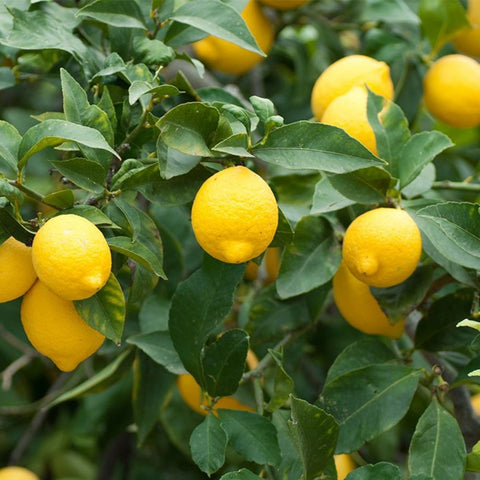

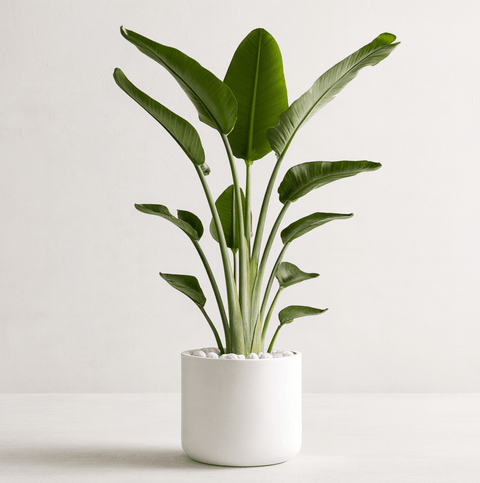

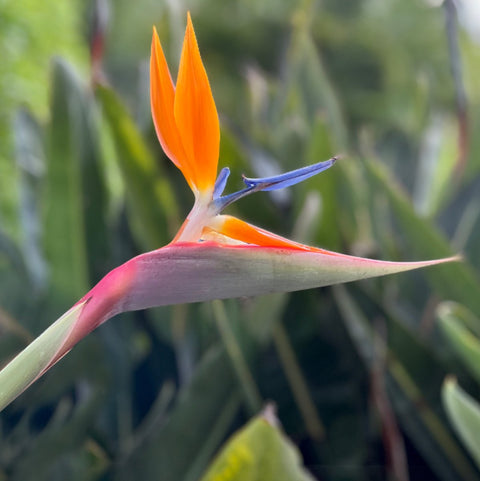

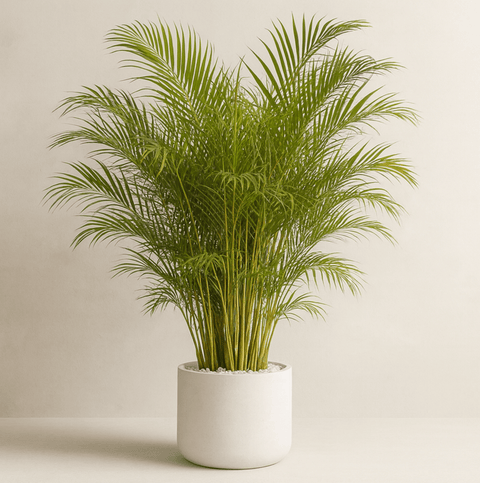






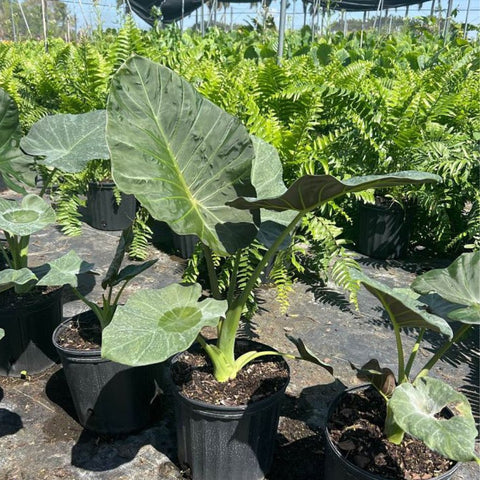







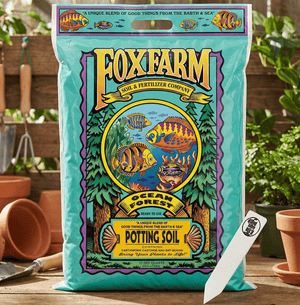




Comments (0)
There are no comments for this article. Be the first one to leave a message!